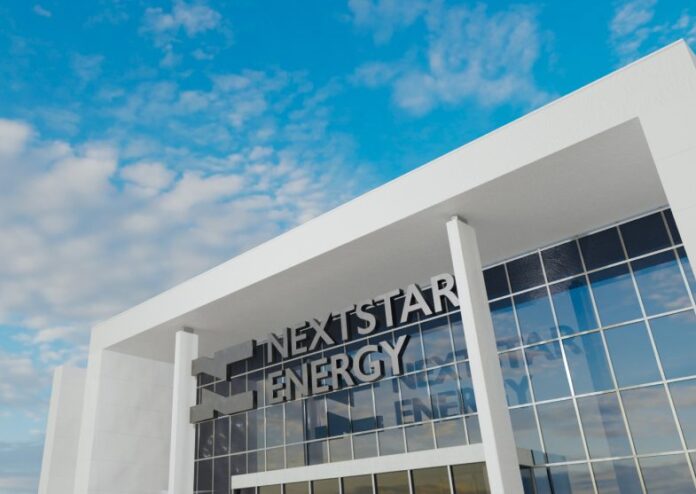LG Energy Solution Ltd., the parent company of Windsor’s NextStar Energy battery plant, laid out its first five-year plan this week that aims to more than double its revenue by 2028 and position itself as the dominant player in the centre of a circular energy economy.
“The meaning of this vision is to expand our business with energy that awakens all potential powers, thereby enabling the company and its members to realize infinite growth potential.”
The company’s goal is to reach $34.22 billion in revenue by 2028 and maintain mid-teen profit margins before taxes, interest, depreciation and amortization.
LG Energy Solution, which was founded in 2020, has grown to 11 plants and nearly 36,000 employees worldwide.
The plan reflects the tumultuous transition going on in the auto industry as it moves from the internal combustion engine to the electric vehicle age. LG views the current transition slowdown as ‘temporary’ but is planning to insulate itself from any future market fluctuations.
Kim said the company plans an expansion into energy storage systems, battery recycling, urban air mobility, vessels, robotics and supplying batteries for new products such power tools, vacuum cleaners, battery backups and AI data servers.
“Based on LG Energy Solution’s DNA of success, which continually embraces opportunities to achieve remarkable results, we will generate more business prospects while strengthening our technological leadership to thrive in the market,” Kim said.
While much of the corporate vision introduces new areas of revenue generation, LG Energy Solution also outlined its intention to push its way to the pinnacle of the EV battery market.
The company plans to introduce solid-state batteries, accelerate production of bipolar semi-solid batteries and low-cost, high-power batteries using sulphur and sodium.
It will also diversify its battery offerings beyond high-nickel chemistry products.
LG Energy Solution will offer more lithium iron phosphate and lithium magnesium and iron phosphate products and high-voltage mid-nickel pouches. LG will also target traditional automakers by increasing production of its larger, cylindrical 46-series batteries.
“We have established global standards in the battery industry with our longstanding legacy in the business and will continue to maintain our industry leader status,” Kim said.
NextStar Energy CEO Danies Lee recently told the Star that the Windsor battery factory can adapt to changing chemistry compositions and LG has taken into consideration the changing nature of the industry.
“We’re pretty flexible under the umbrella of the lithium-ion battery technology,” Lee said. “I’ve been in this space for 24 years and we’ve been under that umbrella during that entire time.
“When it comes to the lithium process and chemistry, we can respond to change. If there’s a technology change, like solid-state batteries, that is a game-changer.”
Lee added the NextStar plant can also make different types of batteries at the same time. The Windsor-produced cells will also have the flexibility of being adapted for use on a variety of platforms.
Cell production at the plant will begin in 2025, but Lee said full production won’t occur until sometime in 2026. When at full production, the plant will be capable of producing 49.5 gigawatts annually, though initial production will be 39.6 gigawatts.
“What we’ve been seeing is incremental increases under the same umbrella of technology,” Lee said. “What we’re waiting for is post-lithium ion.
“Given that same lithium-ion chemistry, over the last 10 years we’ve seen increases of 70 to 80 per cent in driving range.”




